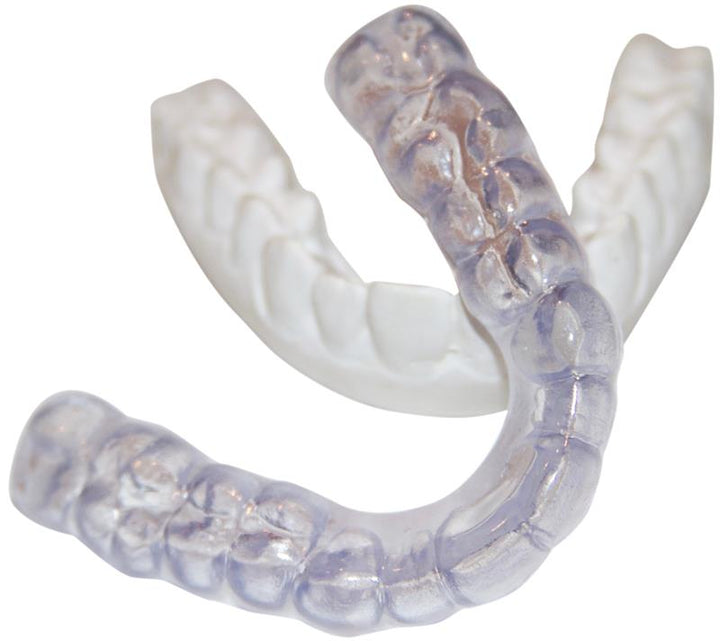A variety of factors, from the foods you eat to the beverages you drink and the medications you take, can leave your teeth discolored with a yellowish, brownish, or greyish tint.
When discussing discoloration, it is useful to point out that not all teeth are naturally completely white to start with. Tooth color has genetic variation and can range from gleaming white to slightly off-white to yellowish.
That said, there are also a lot of factors that can change the color of your teeth over time, including medications and cigarettes. Some of these things are out of our control, but there are certain things you can do to keep your teeth looking their best.
Read on to learn more about what causes discolored teeth and what you can do to keep yours looking great!
Stains are the biggest culprit in discolored teeth.
Stains on teeth appear yellowish or, if particularly bad, even brownish. They are caused by things like food and tobacco.
Some of the worst offenders when it comes to staining are:
- Red wine
- Tea
- Coffee
- Tobacco (smoked and chewed)
- Chocolate
- Soy sauce
- Dishes that include squid ink, such as certain pasta and seafood plates
But the list doesn’t end there. Think about all the foods that leave you with blue lips or a green tongue, like frozen blueberries and all kinds of dye-filled popsicles and candies. Those dyes are powerful.
Stains like these build up slowly over time, so you may not notice as it’s happening. To lessen the effect, be sure to brush often, especially after any food or drink that is dark in color. And, if you smoke, quit.
Some medications and chemicals can discolor teeth.
It is important to note that some medications, such as tetracycline, can discolor teeth from the inside if taken when you are young or by your mother while you are in utero. In general, doctors no longer prescribe tetracycline to children or pregnant women. But there are some antibiotics and other medications that may or have been shown to affect the color of your teeth.
Unlike staining, this kind of discoloration is not coming from the outside but from the inside. So, it is more difficult to address once the damage has been done. Also, this kind of discoloration generally appears as a grey or pink rather than a yellow or brown.
If you are concerned about this, talk with your doctor about all the side-effects of your medications.
Additionally, excessive fluoride in drinking water can cause white spots to appear on teeth, especially in young children. Teeth that have been damaged can appear greyish. And certain kinds of fillings, such silver fillings can contribute to teeth discoloration.
Things like grinding can damage enamel and lead to discolored teeth.
Anything that causes the enamel to wear away on your teeth will expose the yellowish layer beneath the enamel and make your teeth more susceptible to staining from foods and beverages.
Aging can cause your teeth to become more yellow because the enamel loses some of its minerals and becomes thinner. Smokers have a higher risk of developing discolored teeth because the chemicals in cigarettes damage the enamel. And certain foods and drinks, like soda, are particularly detrimental to your teeth’s natural enamel.
By far the worst damage to enamel, however, often comes from grinding your teeth. If you find out that you are grinding your teeth while you sleeping, meaning you clench your jaw and/or rub your teeth against each other, you should invest in a night guard to protect your teeth. Honestly, teeth discoloration is one of the more minor effects of teeth grinding. Things can get a lot worse if you are putting your teeth through that kind of friction and impact.
There are ways to treat and prevent discolored teeth.
The easiest way to whiten your teeth is by using peroxide-based chemicals to remove stains from your teeth. You can have this done at the dentist, or you can create your own easy-to-use teeth whitening kit at home. Custom trays will create the best coverage, which you can pair with a gel of your preferred strength.
Alternatively, you can try whitening strips from the local pharmacy. These can be work though they are harder to keep in place and they are not as effective as many of the gels that you can apply using a tray.
If you can teeth discoloration goes beyond surface staining, if for instance it is left over from medication sue, or if your teeth are naturally more yellow than you would like them to be, you may have to consider veneers or dental bonding. Both of these cover up your teeth, allowing you choose a whiter shade for your smile. However, both of these procedures are expensive, especially if you are doing your whole smile. And you may not want to take such drastic measures if you have otherwise healthy teeth.
We recommend you see what your teeth look like after some stain-removing treatment before making further decisions. Visit TeethNightGuard from more information on whitening and night guards for grinding.
JOIN OUR NEWSLETTER! RECEIVE PROMOTIONS & COUPONS FOR CUSTOM DENTAL NIGHT GUARDS
INTERESTED IN BECOMING AN AFFILIATE OF TeethNightGuard.com?
EXTRA DURABLE 3MM CUSTOM NIGHT GUARD - MAXIMUM DURABILITY AND COMFORT - MOST RECOMMENDED

$119.99
Item Number SWSPRO Manufacturer Sparkling White Smiles Dental Lab Rating Product Description Love this product? Share the product page link with Friends and Family. Simply copy the product page web address or this link: Custom Teeth Night Guard and post!… Read More